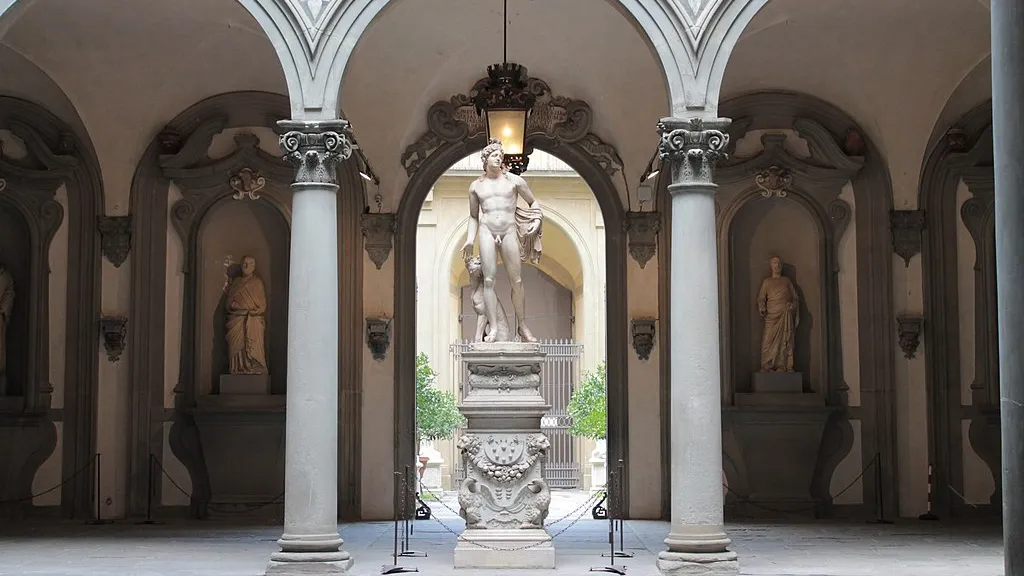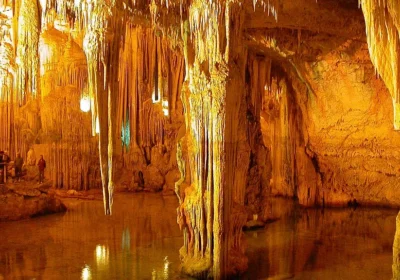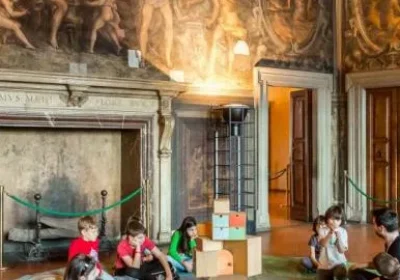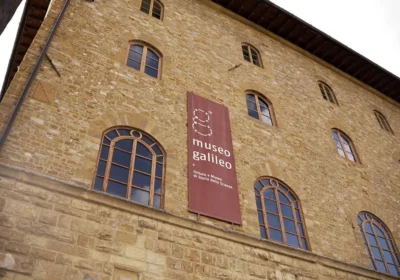In the footsteps of the Medicis.
Tours of Florence are exclusively pedestrianised, due to restrictions on transport to the historic area of the city, where most of the sights are concentrated.
An oligarchic family whose representatives became rulers of Florence on several occasions between the 15th and 18th centuries.
Most famous as patrons of the most prominent artists and architects of the Renaissance.
Together, they ruled the Republic of Florence, and then the Duchy of Tuscany, from 1434 to 1737, with interruptions in 1494-1512 and 1527-1530.
Members of the Medici family include four popes (Leo X, Pius IV, Clement VII, Leo XI) and two queens of France (Catherine de Medici and Maria de Medici). It was the Medici who developed the architectural culture of Florence, sponsored many famous artists and gave the world their great masterpieces of art.
On this tour you will visit the following sights associated with the Medici dynasty:
The Church of San Lorenzo is one of the largest and oldest churches. It is located in the central part of the city. The first church was founded in 393, then in the 11th century it was rebuilt in Romanesque style. In the XV century, the basilica was reconstructed again, commissioned by Cosimo de Medici the Old and designed by the famous architect Filippo Brunelleschi. There are works by Donatello, Filippo Lippi, Brunelleschi, Rosso Fiorentino (visit provided)
Laurentian Library – was opened in 1571. It was named Laurenziana in honour of Lorenzo de’ Medici the Magnificent, who greatly enriched the library collections of his grandfather Cosimo de’ Medici the Old.
The Medicean Tomb is a memorial chapel in the Florentine church of San Lorenzo. Its sculptural decoration is among the most grandiose achievements of High Renaissance art in the person of the outstanding artist, architect and sculptor Michelangelo Buonarroti – with his works “Morning and Night”, “Day and Evening”, “Virgin and Child” (visit is provided)
The Medici Palace – the palazzo of the Medici family – is located in the centre of the city. The first secular building of the early Italian Renaissance. It was built by the architect Michelozzo in 1444-1460. The palace now houses the Riccardian Library with frescoes by Benozzo Gozzoli and Lucca Giordano.

















